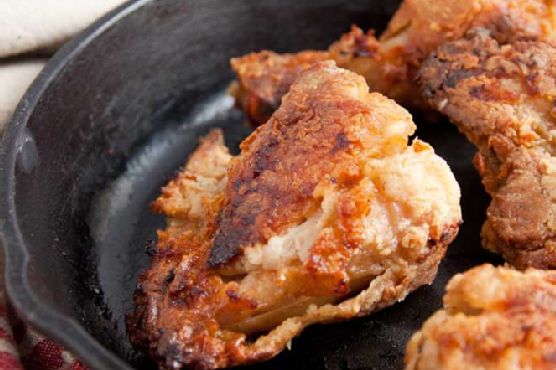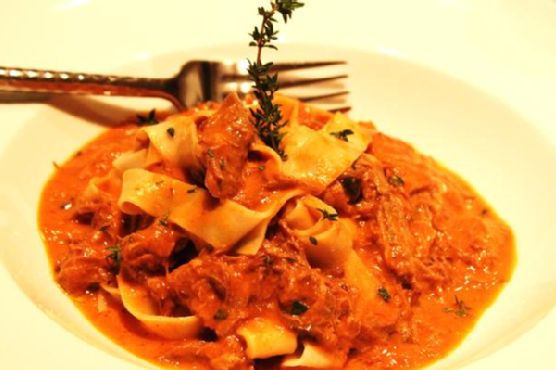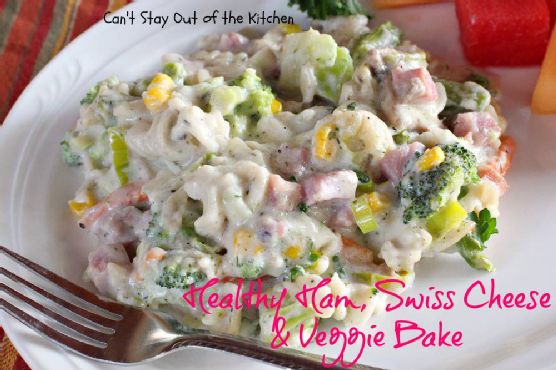Sweet Tea Oven-Fried Chicken
You can never have too many Southern recipes, so give Sweet Tean Oven-Fried Chicken a try. This beverage has 1019 calories, 46g of protein, and 57g of fat per serving. This recipe serves 2. For $5.74 per serving, this recipe covers 33% of your daily requirements of vitamins and minerals. 5555 people have made this recipe and would make it again. If you have skin-on chicken drumsticks, buttermilk, tea, and a few other ingredients on hand, you can make it. It is brought to you by Dessert for Two. From preparation to the plate, this recipe takes around 48 hours and 40 minutes. Overall, this recipe earns an amazing spoonacular score of 92%. If you like this recipe, you might also like recipes such as Sweet Tean Oven-Fried Chicken Sliders with Jalapeno Cheddar Corn Slaw + Crispy Onions, Sweet Tea-Brined Fried Chicken, and Sweet 'n' Hot Oven-Fried Chicken.
Servings: 2
Preparation duration: 2880 minutes
Cooking duration: 40 minutes
Ingredients:
1 teaspoon black pepper
1 bone-in, skin-on chicken breast, chopped in half through the bone
4 tablespoons butter
1 cup buttermilk (use the real stuff)
1½ cups all-purpose flour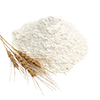
2 tablespoons oil (peanut, canola, or vegetable)
1 teaspoon salt
2-3 skin-on chicken drumsticks
½ cup sweet tea concentrate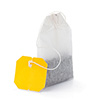
Equipment:
whisk
bowl
frying pan
oven
Cooking instruction summary:
In a medium bowl, add the chicken pieces. In a small glass, whisk together the buttermilk, sweet tea concentrate and 1 tablespoon of salt. Stir well to dissolve the salt. Pour this mixture over the chicken, cover, and marinate 48 hours.When ready to cook, preheat the oven to 425.When the oven is at 425, place the cast iron skillet on the center rack and let it heat for 10 minutes. Add the butter and oil. It should melt almost immediately and begin to sizzle. Place the pan back in the oven while you do the next step.Next, bread your chicken. Remove the pieces from the marinade, but reserve the marinade. Add the wet pieces of chicken to the flour mixture and use your hands to toss to coat each with flour. Then, repeat the process: back in the buttermilk-sweet tea marinade again and then flour to coat. You just double-battered your chicken.Next, carefully arrange the chicken pieces in the pan with the sizzling oil and butter. The chicken should immediately start sizzling and cooking. Return the pan to the oven and bake for 20 minutes.Flip the chicken, then bake for another 14-18 minutes. Test the chicken with a thermometer--it should read 165 in the thickest part of the meat and the juices should run clear.Immediately remove the chicken from the skillet and let cool for 10-15 minutes. Serve warm.
Step by step:
1. In a medium bowl, add the chicken pieces. In a small glass, whisk together the buttermilk, sweet tea concentrate and 1 tablespoon of salt. Stir well to dissolve the salt.
2. Pour this mixture over the chicken, cover, and marinate 48 hours.When ready to cook, preheat the oven to 425.When the oven is at 425, place the cast iron skillet on the center rack and let it heat for 10 minutes.
3. Add the butter and oil. It should melt almost immediately and begin to sizzle.
4. Place the pan back in the oven while you do the next step.Next, bread your chicken.
5. Remove the pieces from the marinade, but reserve the marinade.
6. Add the wet pieces of chicken to the flour mixture and use your hands to toss to coat each with flour. Then, repeat the process: back in the buttermilk-sweet tea marinade again and then flour to coat. You just double-battered your chicken.Next, carefully arrange the chicken pieces in the pan with the sizzling oil and butter. The chicken should immediately start sizzling and cooking. Return the pan to the oven and bake for 20 minutes.Flip the chicken, then bake for another 14-18 minutes. Test the chicken with a thermometer--it should read 165 in the thickest part of the meat and the juices should run clear.Immediately remove the chicken from the skillet and let cool for 10-15 minutes.
7. Serve warm.
Nutrition Information:
covered percent of daily need
